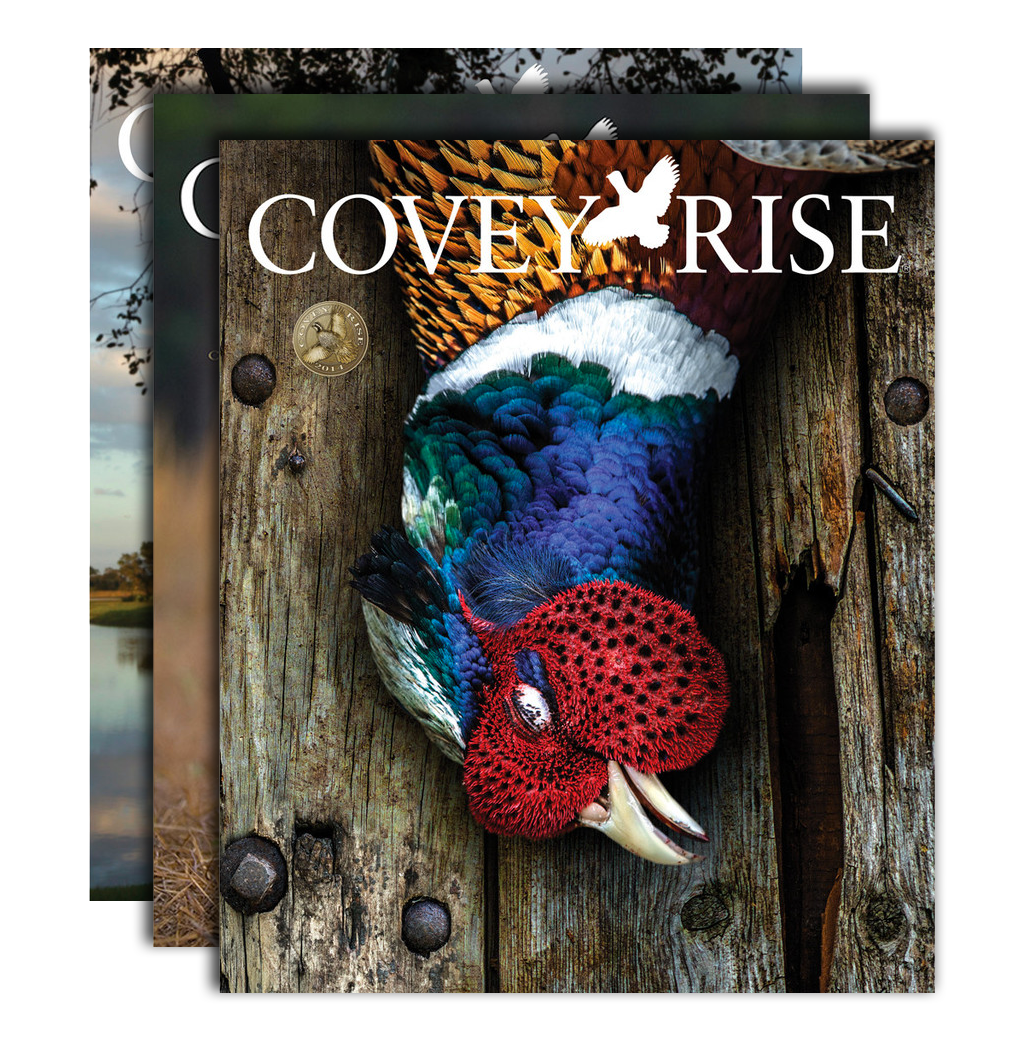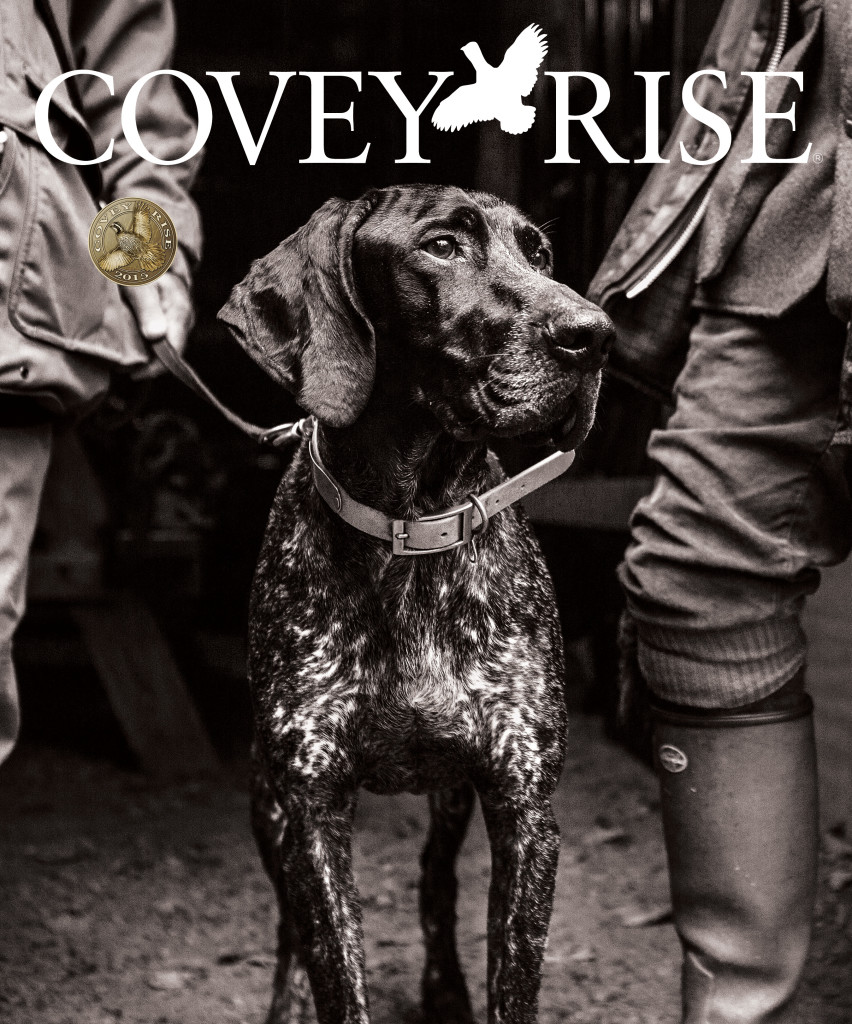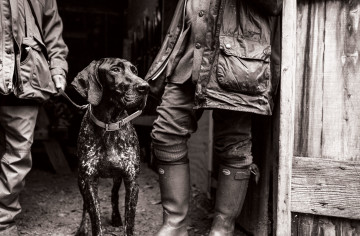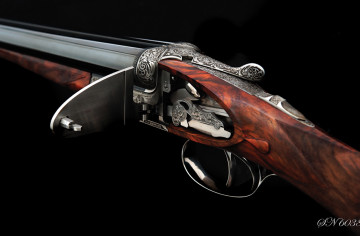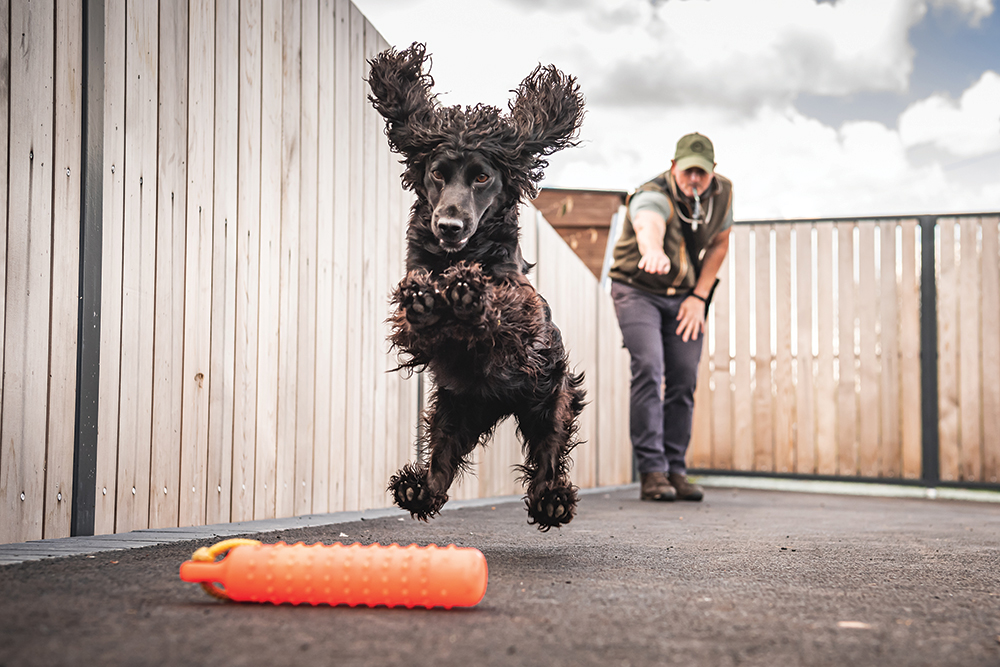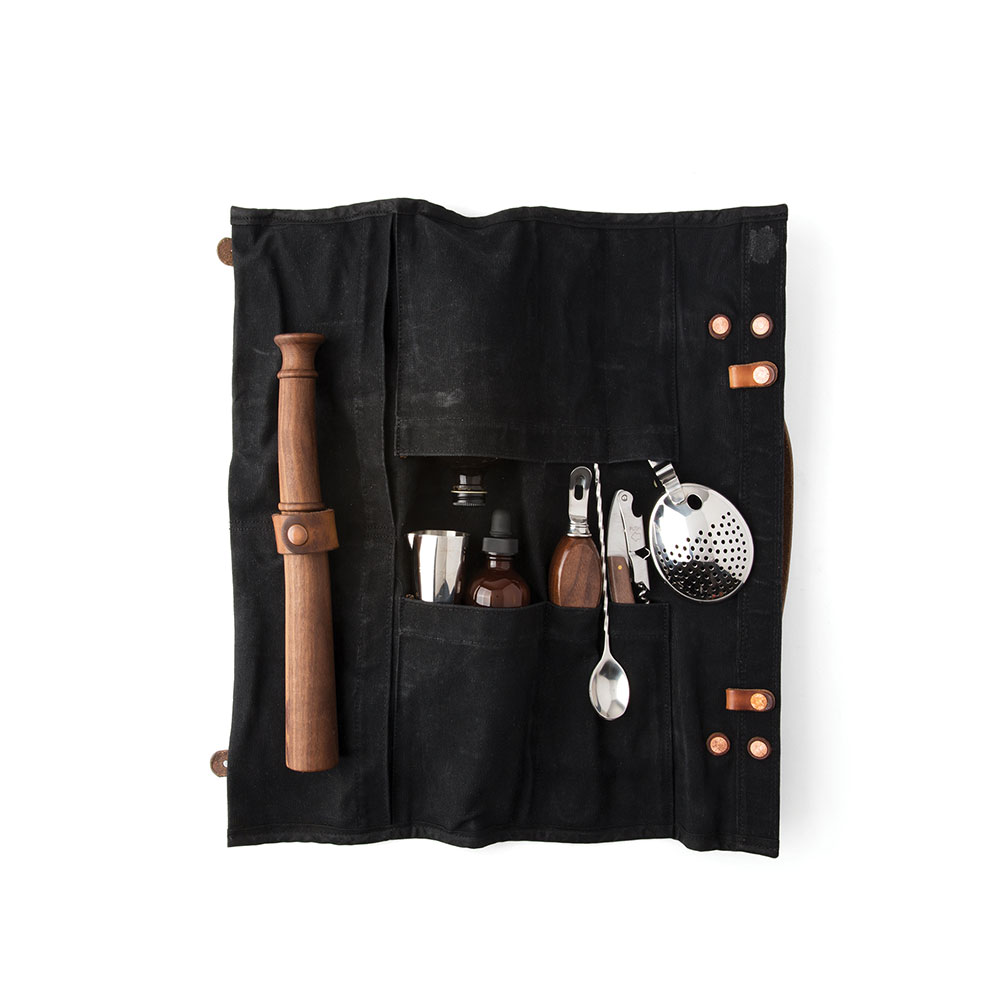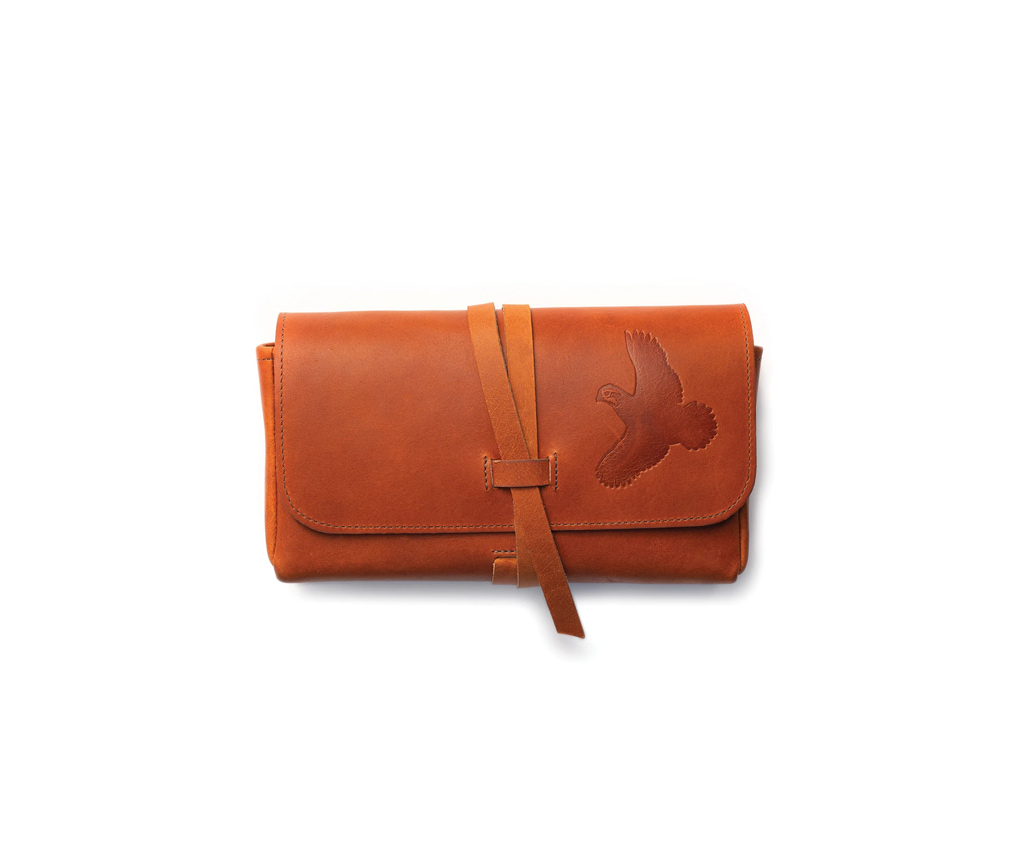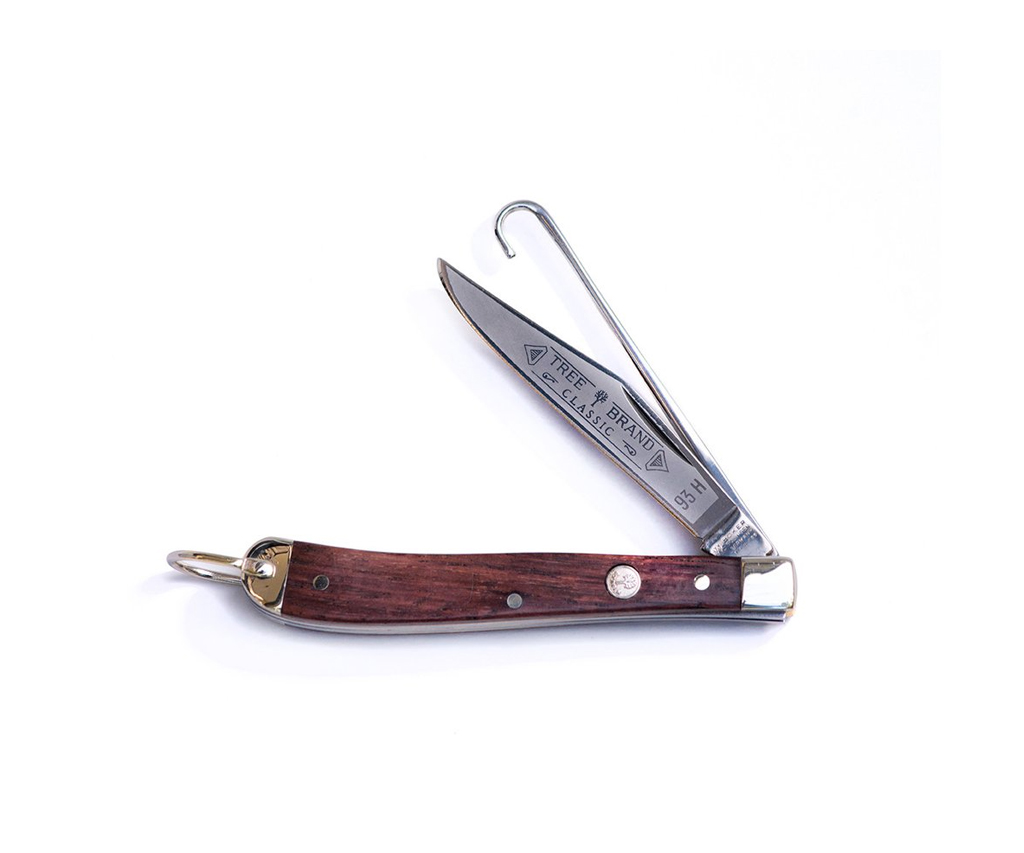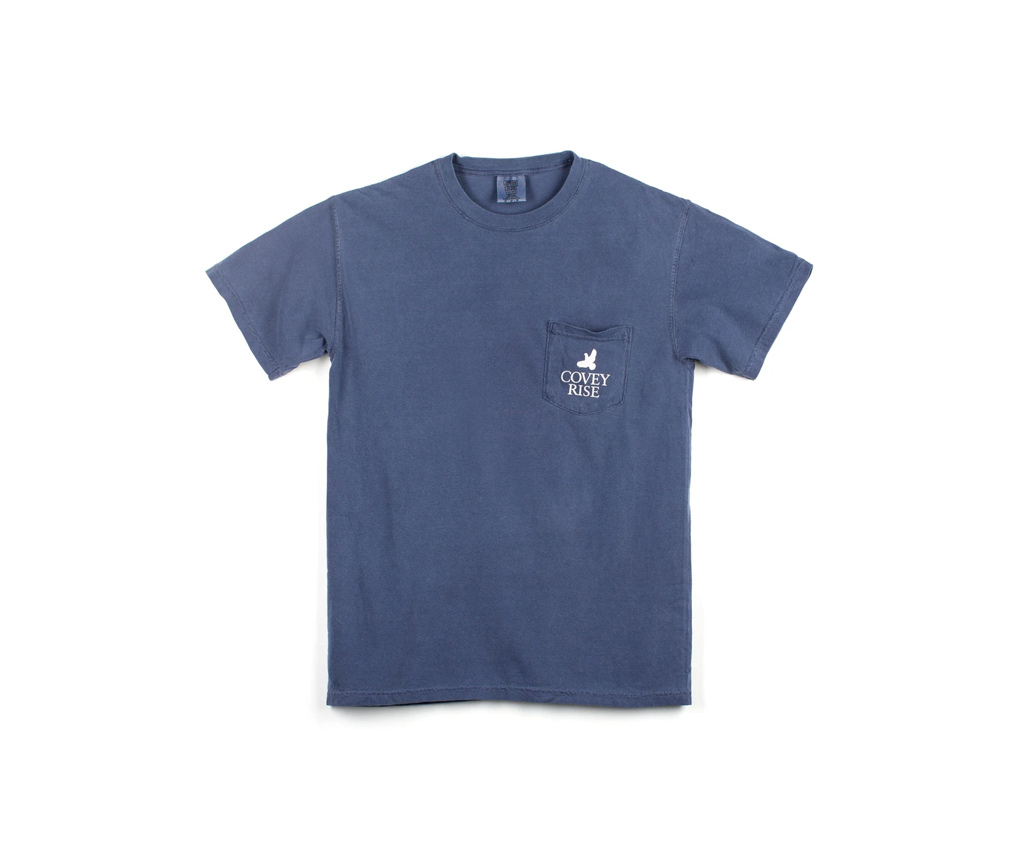A Better View
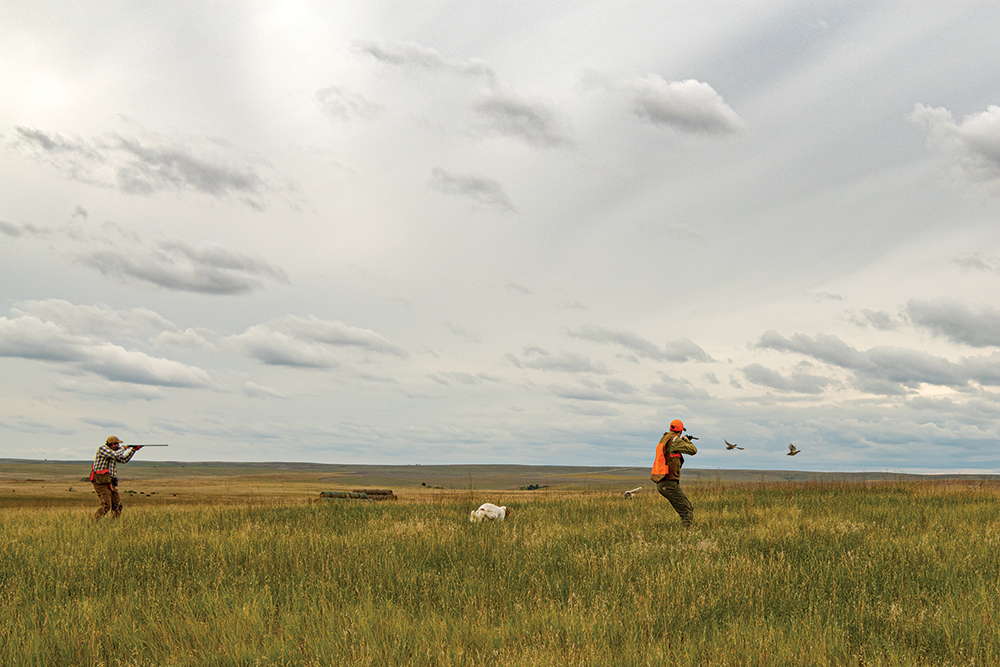
Three horses of different colors stood abreast, hitched to the side of the trailer. A man, contrasted in black chaps and an oilskin duster, stepped from the back to saddle each one with leather scabbards alongside. When ready and with few words, he helped the hunters, a father and a son, aboard by stirrups and reins. He untethered his own horse, a noticeably taller steed named Beau, and proudly mounted with a clear appreciation for his better view of life. With a simple nod of his dark Stetson to the others, he signaled to move forward for the day.
Some miles north of Pierre, the group wandered the steppes of South Dakota with a plan. As they rode west, the plains appeared deceivingly flat when peering across the landscape. The movement from the wind mottled the view into a blur of waving grasses and flowers. The prairies undulated from rolling hills to sometimes steep ridges that tend to swallow horses and hunters alike when viewed from afar. Crevices choked with rose hips below warming southside slopes held treasures waiting to be discovered. The riches: prairie chickens and sharp-tailed grouse.
Two English setters, both white with orange faces, rolled the prairies with plenty of fuel in the tank to pursue these upland birds. Just over the first rise from the truck and trailer, the older, wiser dog stopped still with the long hair of his flag waving with the grass around him in the breeze. The younger apprentice circled around safely and honored. From the horses, the two seemed to be miles away—like misplaced white specks of paint on a classic mural of the Great Plains hanging in an art museum.
It was time. The father and son quickly dismounted and released their shotguns from the scabbards. They loaded while approaching the dogs who were both staunch and steady. Two sharptails flushed from the short grass and flew straight away. Two shots rang–one from each hunter, and both birds fell to the guns. The emotion emitted during the walk back to the horses meant that it was sure to be a good day.
In many ways, this hunt represented a culmination or turning point in life. The son was a senior in high school, in the process of making plans for his future, for becoming a man. And for the father, the hunt signified his own personal dichotomy of contemplation—one last hunt with his son still as a boy while sending him off into the world with a special memory from the uplands that together they value so much.

The lands they crossed in their search that day are sacred. When Lewis and Clark pushed northward over the Missouri River in September of 1804, upstream the whole way, they encountered the Lakota Indians at the confluence of the Bad River near what is today the state capitol of South Dakota. After five days of feasting, dances, peace pipes, and negotiations, their actions led to an armed standoff which almost derailed their plans completely. Only by the peacemaking abilities of Chief Black Buffalo did their historic expedition continue.
At that time, the Lakotas were known as a strong and fierce tribe of nomadic warriors who followed the buffalo herds for the necessities of life. An essential tool for their migrating livelihood, horses were relied upon for hunting, travel, and battle. The Lakota name for horse is šúŋkawaȟáŋ—meaning “sacred dog,” a definition that shows the degree to which horses were, and in some respects still are, essential to the Lakota culture.
With this, the Lakota acknowledged the eternal connection between horses and dogs on these lands. And no person embraces this upland bond more than the guide Jeffrey Gillaspie, the man in black with the Stetson and the tall horse named Beau. Jeffrey and his wife, Teresa, own and operate Tinker Kennels and the Rocking Horses Hunt Club. Their operation provides exclusive upland hunting on Tennessee Walkers behind English setters with champion bloodlines stemming from Johnny Crockett and Shadow Oak Bo. As evidenced by a quick peek inside his trailer, Jeffrey maintains the integrity of this special relationship by riding horses and running dogs on the same lands the Lakota once roamed.
Horses will cover 15 to 20 miles per day depending on the type of terrain and weather conditions. And for those miles, Tinker Kennels leases thousands of acres of private ranch lands with natural prairie grass and pastures. Farming is prevalent in the area, but these ranchers are keeping habitat aplenty and healthy for prairie birds. Recent years have shown that the combination of habitat and Mother Nature are positively working together to benefit gamebird populations. Most of the hunters who visit Tinker Kennels arrive in search of prairie chickens and sharp-tailed grouse, but they do have opportunities to chase pheasants, too.
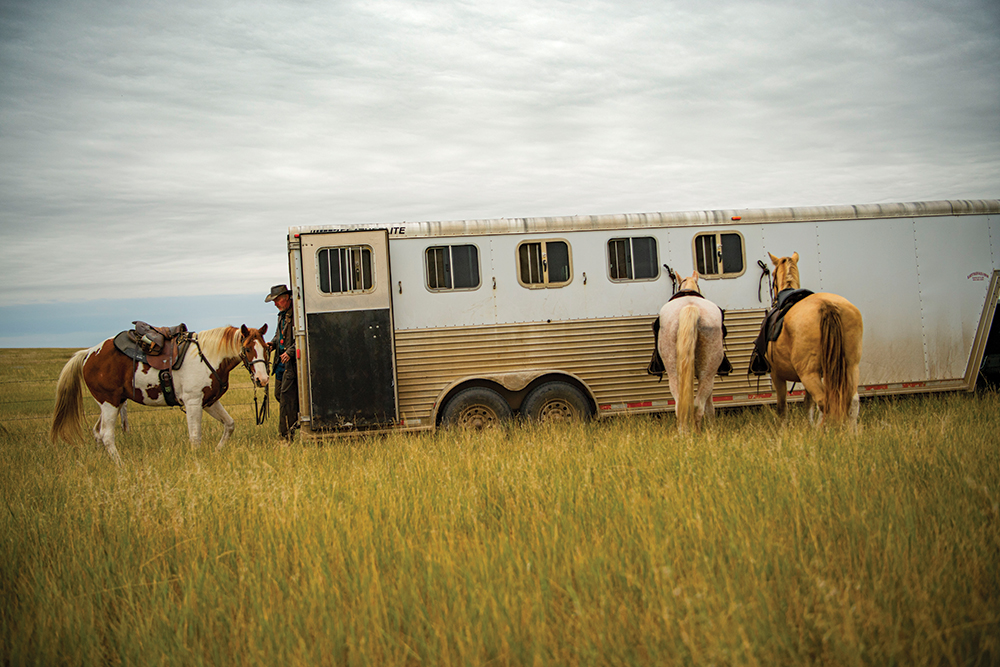
In 2016, Jeffrey and Teresa took over Tinker Kennels from Bob Tinker who had started his English setter breeding program in the mid-1980s and began guiding upland hunts on horseback in the early ’90s. From his roots in breeding bird dogs, Bob was inspired by field trials with horses and understood the practice was ideal for hunting, too, to avoid so many miles covered on foot. Jeffrey purchased three horses and started guiding for Bob a few years before he bought the business. After witnessing the magic afield with these animals, it was natural for Jeffrey to tie it all together, and he wondered where this supreme sense of fulfillment had been his whole life.
Jeffrey grew up in the outdoors just south of Pierre. He learned the traditions of hunting for food from the lessons passed on by his grandfather to his father. As soon as he could hold a gun in his hands as a kid, he was chasing everything from birds to squirrels. He understands that hunting has been a part of his upbringing, but that others don’t always have the same opportunities. Because of this, he takes pride in helping new hunters learn the ways of the prairies and takes deep satisfaction in passing on these traditions to the next generation of outdoorsmen and women who appreciate it.
Jeffrey takes a holistic approach to the hunt, which is to encounter all that is unique about pursuing birds with horses and dogs in historic places. Hunters must have the right mindset to enjoy their surroundings just as much as the pull of the trigger or the smell of the gunpowder. It is a marathon, not a sprint, with plenty to see and much to learn. He rightly feels some dignity after a long day’s work results in hunters who have enjoyed every intricate moment of the upland experience with his horses and dogs.
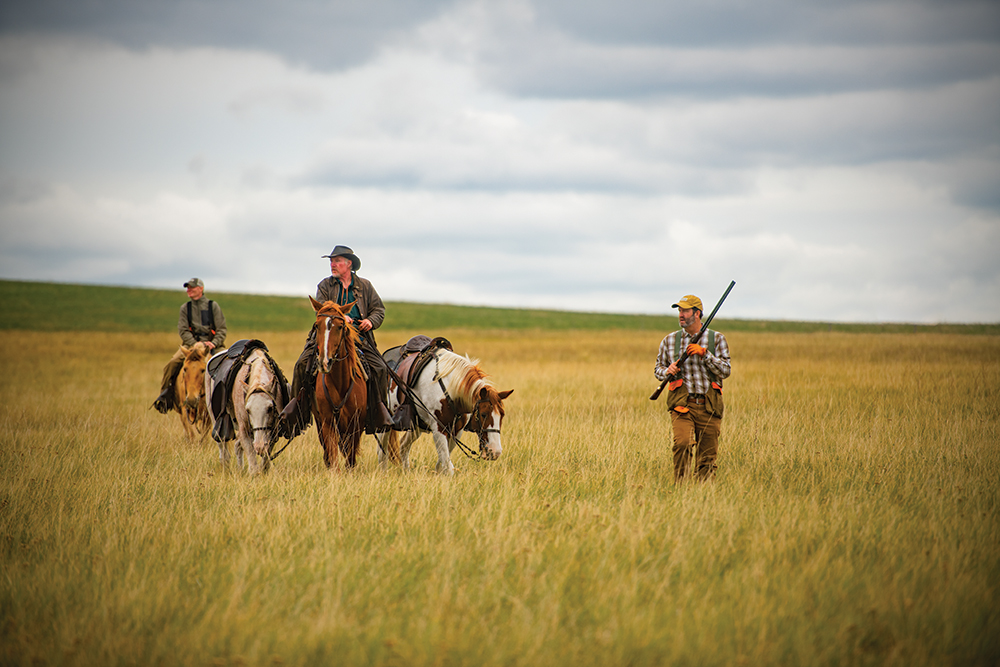
Tinker Kennels currently hosts eight horses and 21 English setters, which require the necessary chores of animal care and feeding, pulling saddles and inspecting gear, washing the trailer, and cleaning birds. The task, quite frankly, seems daunting, but Jeffrey enjoys every day. He specifically notes that he couldn’t do it all without Teresa who keeps the operation rolling, whether it is 40 degrees below or 110 above. They are mindful that their dogs, who are so dedicated to the task, have such a small window to do what they love. They don’t have the opportunity during most of the year, so Jeffrey and Teresa take advantage of the short hunting season whenever possible, no matter the conditions.
Tinker Kennels is a multigenerational family operation, through and through, from the horses and dogs to Jeffrey’s father, Teresa’s mother, and all of the couple’s five children. Some of the children are grown now, but they love hunting and helping out when they are home. Jeffrey’s father, John, spends many days and hours on the homestead fixing machinery, welding kennels, and building quail houses. Teresa’s mother, Judy, pitches in by cooking dinners, tending to the garden, and bringing goodies for hunters on occasion. Everyone knows that when the horses are content in the stables and the dogs are resting in the house, the whole family is happy.
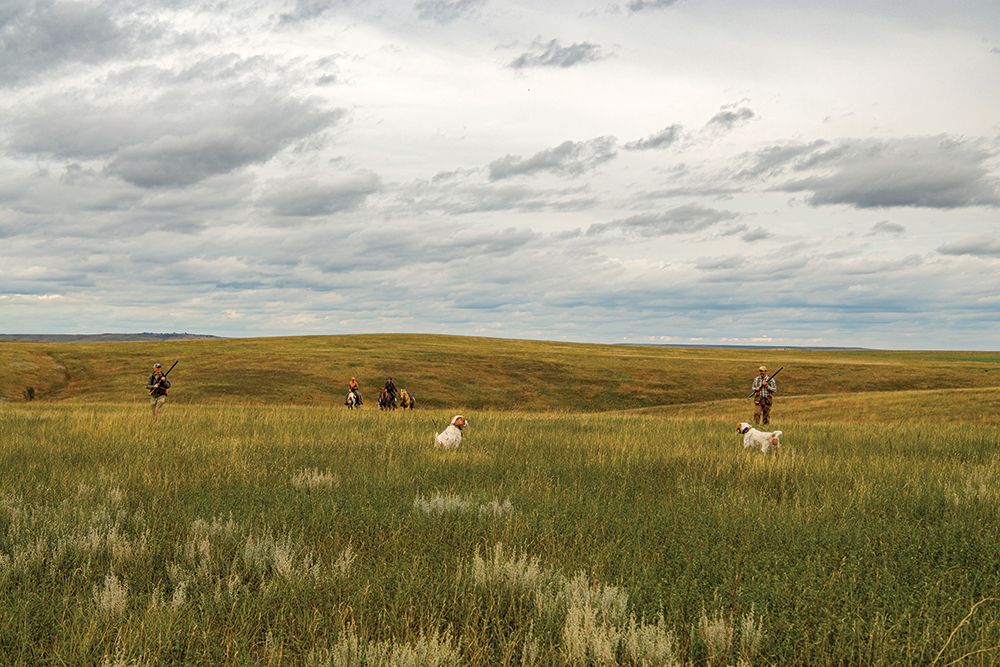
On the turn for home, the ground ahead sloped gradually downward to a stream at the bottom and rising up a steep climb on the other side. At the crest of the upslope, a thick patch of waving grain appeared promising enough for Jeffrey to predict, maybe half in jest or more likely in sheer hope, that a bird would be found right there. Almost as if on his cue, one setter approached on the hill’s rim and stopped with a high tail. The other dog honored again on the incline, and the father and son knew what to do.
They dismounted in lockstep with the father on the left and his son farther down the hill on the right. A prairie chicken rose above the grass and swooped toward the father who brought it swiftly to the ground, a scene that was visible just on the horizon over the crest of the ridge. At the sound, two birds flushed to the right and high. His son swung over his right shoulder with a challenging angle at a soaring chicken to down it on the first pull of the trigger. When the two convened to handshakes following a noble double, the pride in a memory made was evident.
And with that, the hunt came to a fitting conclusion. The father and son again ascended horses for the final push back toward their starting point. No words were said or even needed, for everyone understood the gravity of the moment, one that felt comfortable and real. As they took the last ride on the prairie, silhouetted against the setting sun in silence, this particular hunt on horseback provided a better view for a father enjoying precious moments in time with his boy and a better view for a son ready and eager to spread his wings as a man.

Jeffrey watched this scene unfold, filled with pride and honor that he could be part of this moment with them. He understands how the outlook from horseback is naturally higher than the typical hunter on foot. And in many ways, both literal and figurative, this gives Jeffrey a distinct perspective that he knows, firsthand, can translate to others. In his former life, he walked away from a career in graphic design, slogging through days in town and in the office despite the paychecks and benefits. The leap to guiding hunts and running a kennel full time was a jump across a deep canyon for him. But, his passion for the prairies carried him over.
Jeffrey has to be dedicated to everything dogs and horses and birds to do what he does every day. He admits to grumbling and kicking around a bit when he has to get up at 4 a.m., but after being in the saddle for five minutes, every worry in the world fades away. He still gets a shiver up his spine every time a prairie chicken or sharptail erupts from the landscape. Maybe it is the feeling of gratification to witness a setter that he trained himself standing still in the wide open. Maybe it is the sense of accomplishment that a wild bird flushes for hunters from the short grass when no one thought it could possibly be there. But if I had to guess, I believe he’d admit that this shiver of satisfaction comes from something as simple as being atop his horse Beau, 5 feet higher than anyone else at that very moment, giving him this better view of the uplands, of dogs, and of life.
Originally published in Volume 8, Number 6 (October-November 2020) of Covey Rise.






